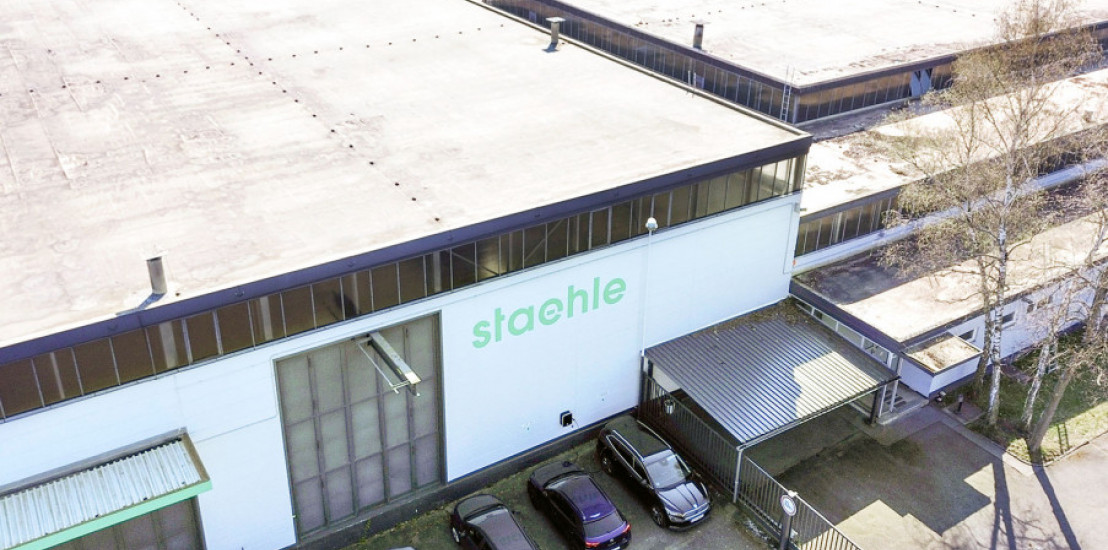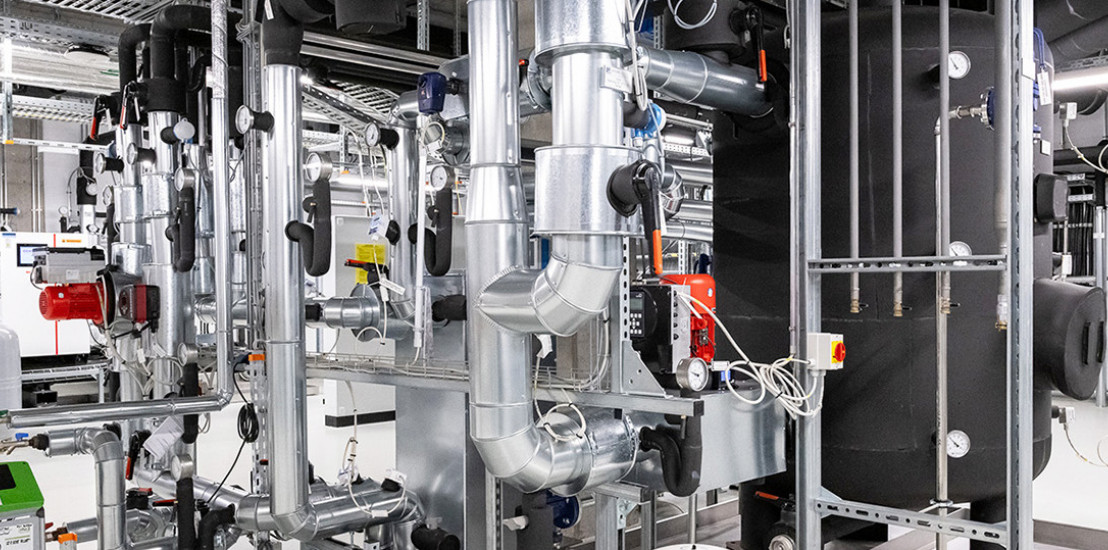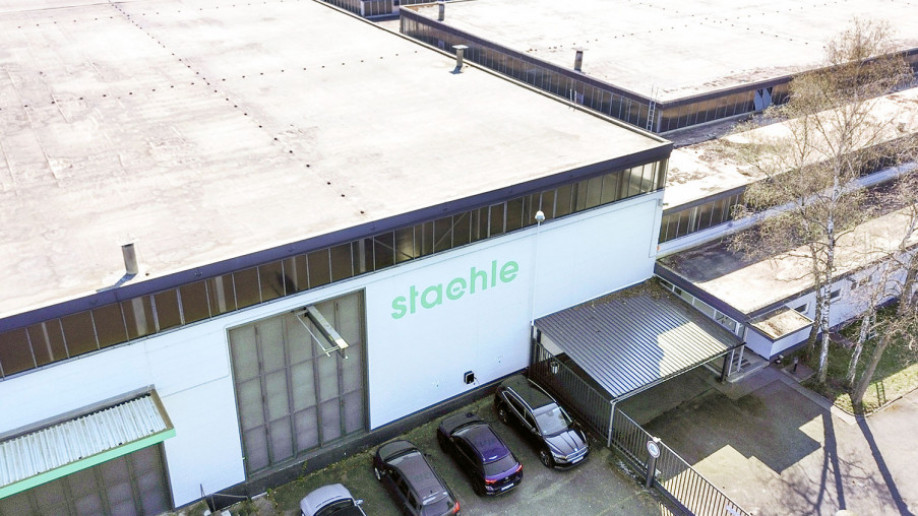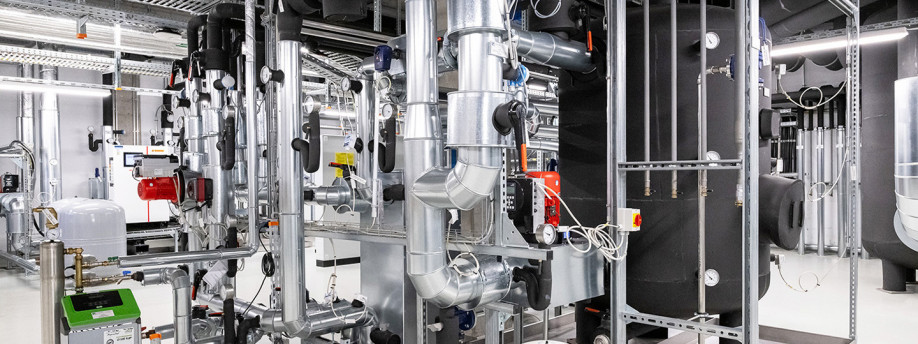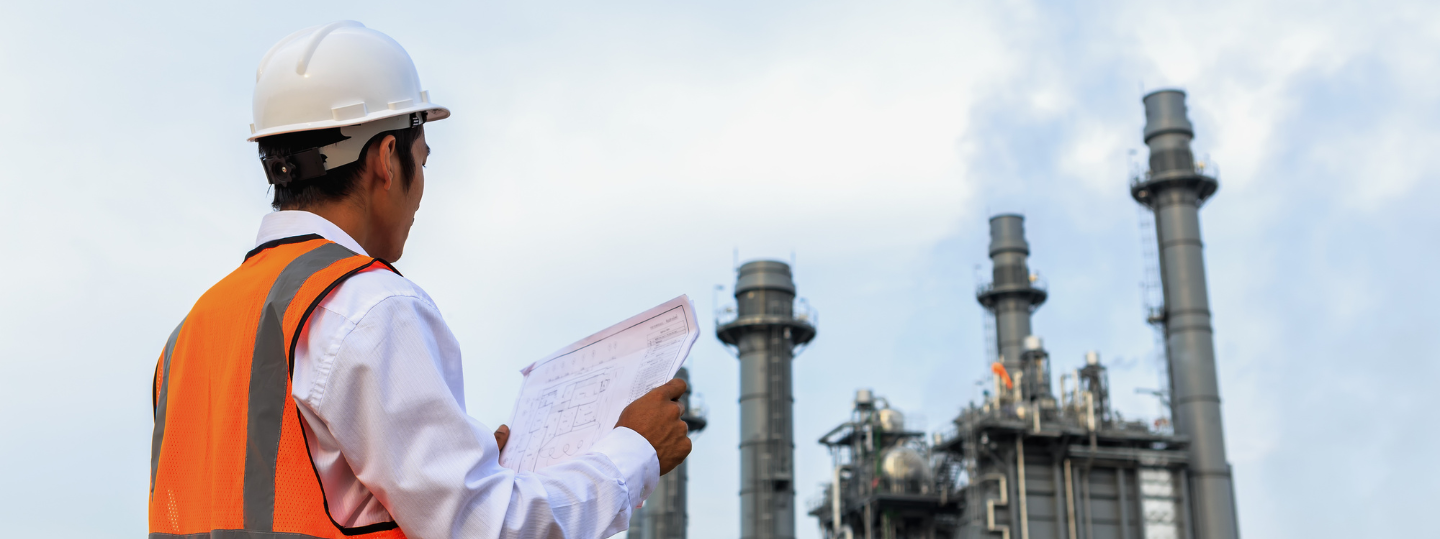
Use industrial waste heat sustainably – and cut energy costs
Many companies striving for sustainable energy solutions overlook a hidden efficiency lever: industrial waste heat. ENGIE Deutschland develops tailored energy concepts that turn this untapped potential into measurable benefits – sustainably, economically, and reliably. The result: lower energy costs, reduced emissions, and a strong step toward decarbonization.
Your benefits with ENGIE Deutschland
-
Everything from a single source: From analysis and planning to implementation and operation – we handle it all, so you can focus on your core business.
-
Tailored solutions: We design a holistic concept that fully meets your goals and technical requirements.
-
Future-proof and eligible for subsidies: We factor in regulatory requirements, ESG criteria, and funding programs such as BAFA’s EEW. That way, your project is secure – now and in the future.
-
Guaranteed savings: You benefit twice: from reduced energy consumption and lower costs – transparently calculated and contractually guaranteed.
-
No upfront investment required: Our financing models make it possible - we cover the investment, you stay financially flexible. The project pays for itself through your energy savings.
Why waste heat recovery pays off
Waste heat is a valuable energy source – and a key to boosting profitability. Modern technologies allow for seamless integration into existing operations.
Your benefits:
- Less external energy needed
- Lower exposure to energy price fluctuations
- Greater profitability with no added primary energy
Recovering industrial waste heat is a proven way to reduce emissions and comply with legal standards – like those in the EnEfG.
Your benefits:
- Reduced energy demand and CO₂ emissions
- Compliance with regulations
- Clear progress toward ESG targets
Forward-looking heat recovery pays off. Customers value sustainability, and early adopters strengthen their market position.
Your benefits:
- A reputation for innovation
- Future-ready infrastructure
- Lower energy costs = higher margins
Investments in waste heat recovery are subsidized – for example, under the BAFA EEW program. ENGIE handles the process from start to finish:
- Confirming eligibility
- Preparing all applications
- Documenting savings over time
Any questions? Your contact persons

